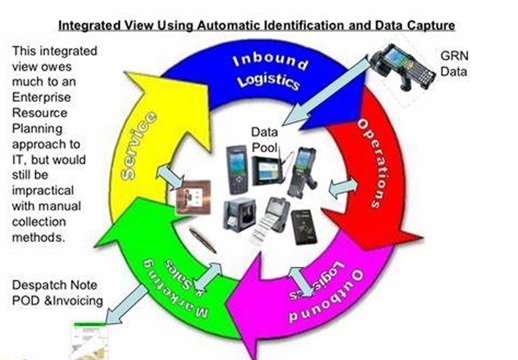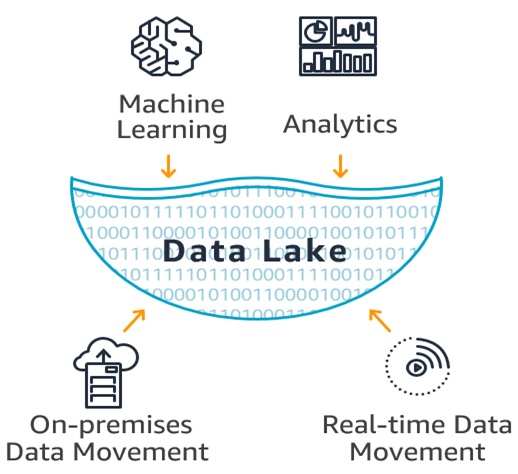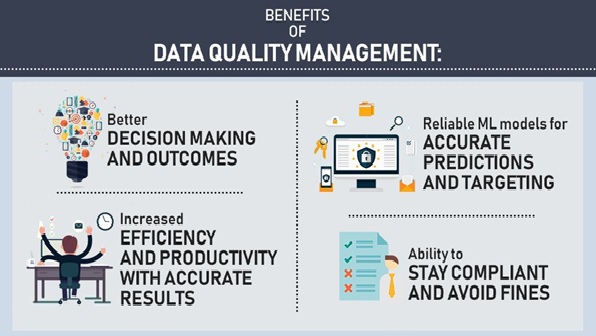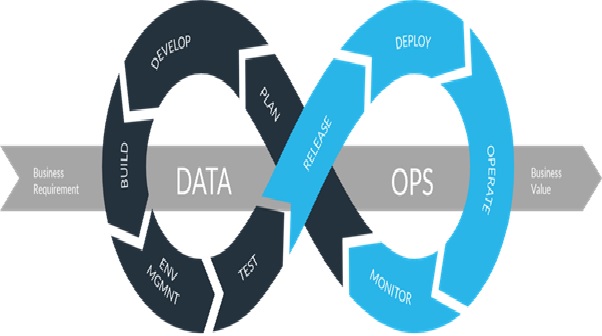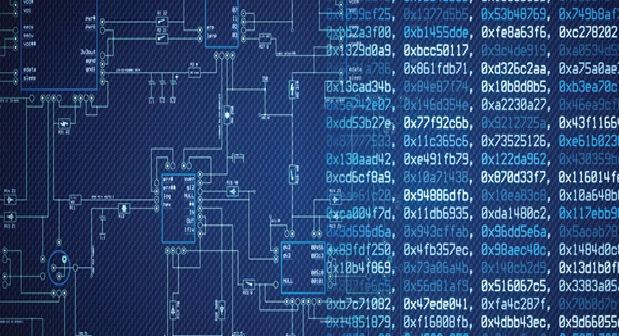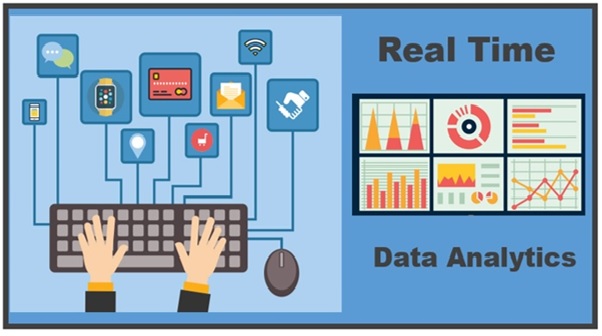The Basic of Data Wrapper
In the context of software engineering, a wrapper is defined as an entity that encapsulates and hides the underlying complexity of another figure 1 shown below entity by means of well-defined interfaces.

Figure 1: Data Wrapper
Patterns and frameworks form an integral component of software engineering. A wrapper pattern is a class with [1] a special interface that allows incompatible classes to work together. Two classes may not be able to perform a data transfer due to the presence of incompatible data access points. For example, if a class accepts a date in DD/MM/YY format from another class that generates a date in MM/DD/YYYY format, neither of the classes can coexist to operate as an integrated module because their data formats are different.
In a software context, the term “wrapper” refers to programs or codes that literally wrap around other program components. Several different wrapper functions can be distinguished. They are often used for [2] ensuring compatibility or interoperability between different software structures. Alternatively, they can be used for visual reasons, as is the case with HTML or CSS wrappers. Wrappers can be individual software components, independent software products, software architectures, classes in object-oriented programming, or frameworks.
If you want to use functions or code blocks of another programming language within a program, you can encapsulate them using a wrapper. The main program communicates exclusively with the wrapper, which forwards the commands to the wrapped program and returns the results. The wrapper itself is the only component that communicates directly with both parts of the program.
An adapter conceals incompatible interfaces between individual classes. By translating one interface into another, an adapter allows the classes to communicate with each other. This is especially important if you want to use classes or entire class libraries in new projects. These libraries use unique, standardized interfaces that may not be changed because they have to be valid for a large number of programs. The wrapper – in this case the adapter – is the crucial link in the communication.
A decorator enables functions to be added to a class without changing the class itself. To the calling program object, the decorator has the same interface as the original class. In this way, nothing needs to be changed in the calling object. As the wrapper, the decorator passes the calls on to the class. The decorator directly handles new functions that are not included in the class. It returns the results in such a way that they appear to the calling object like results of the decorated class.
A wrapper function is a subroutine (another word for a function) in a software library or a computer [3] program whose main purpose is to call a second subroutine or a system call with little or no additional computation.
Decorators allow us to wrap another function in order to extend the behavior of the wrapped function, without permanently modifying it. In Decorators, functions are taken as the argument into another function and then called inside the wrapper function.
In wrapper methods, the feature selection process is based on a specific machine learning algorithm that we are trying to fit on a given dataset. It follows a greedy search approach by evaluating all the possible combinations of features against the evaluation criterion.
In computer science, a wrapper is any entity that encapsulates (wraps around) another item. Wrappers are used for two primary purposes: to convert data to a compatible format or to hide the complexity of the underlying entity using abstraction. Examples include object wrappers, function wrappers, and driver wrappers.
In a software context, the term “wrapper” refers to programs or codes that literally wrap around other program components. The wrapper itself is the only component that communicates directly with both parts of the program. Wrappers can be used in a variety of ways in programming and software development.
References:
- https://www.techopedia.com/definition/4389/wrapper-software-engineering
- https://www.ionos.com/digitalguide/websites/web-development/what-is-a-wrapper/
- https://bridgitmendlermusic.com/what-does-a-wrapper-function-do/
Cite this article:
Nandhinidwaraka.S (2021) The Basic of Data Wraaper, Anatechmaz, pp. 30




